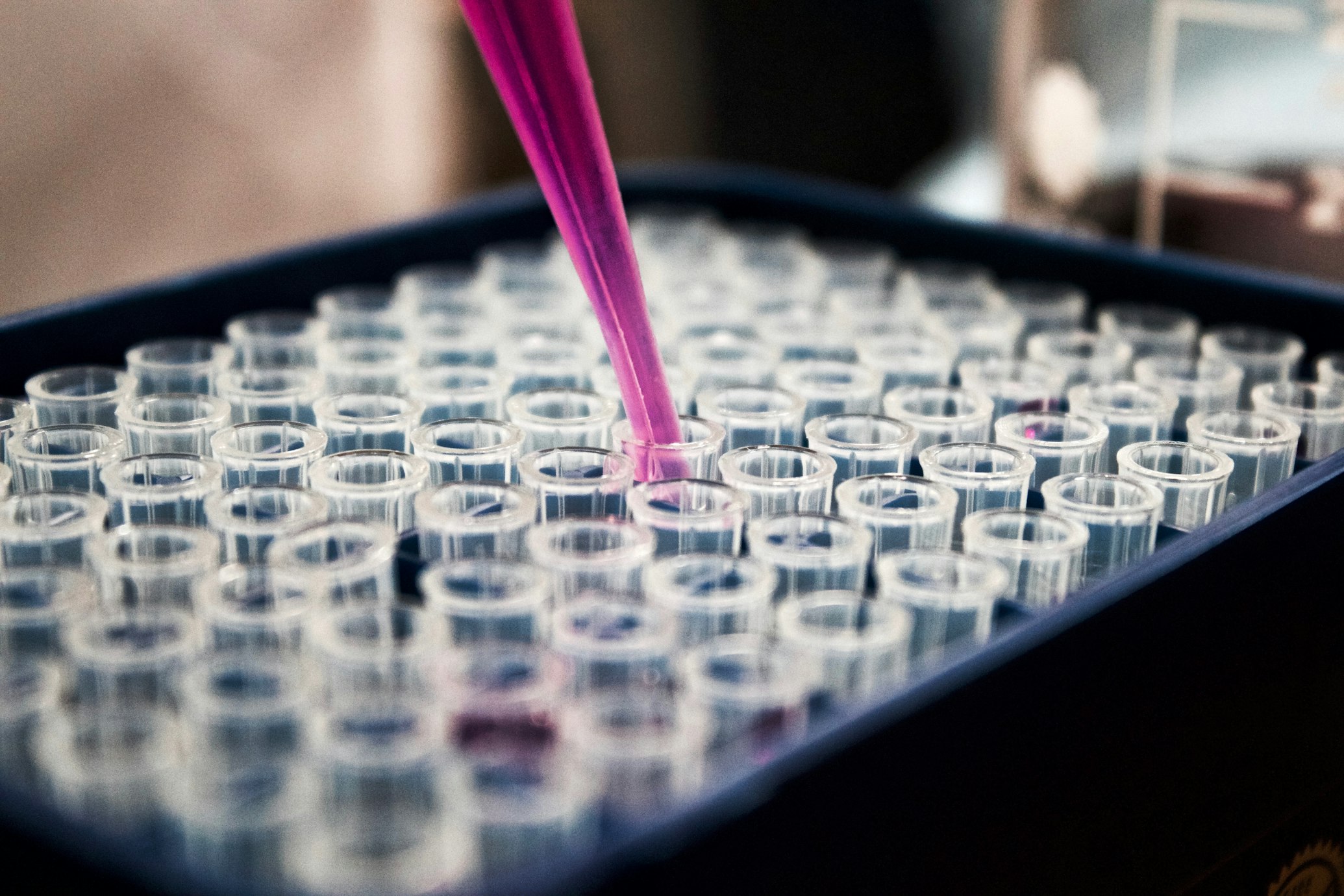Protease Power
The Tiny Enzymes Revolutionizing Modern Medicine
Article Navigation
Introduction: Nature's Precision Scissors
Imagine microscopic scissors that can dissolve blood clots, heal chronic wounds, or even fight cancer. This isn't science fiction—it's the reality of protease enzymes, nature's protein-degrading specialists. Constituting over 20% of the global enzyme market, proteases are indispensable in medicine, where their ability to precisely cleave proteins enables breakthroughs from clot-busting stroke therapies to eco-friendly wound care 1 4 .
Key Facts
- 20% of global enzyme market
- Used in stroke therapies
- Wound care applications

Unlocking Protease Potential: Characterization and Optimization
The Blueprint of Activity
Characterization is the first step in transforming raw microbial proteases into therapeutic tools. Researchers meticulously map:
- pH sweet spots: Alkaline proteases (pH 8–12) excel in detergent-compatible wound debridement, while neutral proteases (pH 7–8) suit cell culture applications 1 6 .
- Thermal resilience: Industrial proteases must withstand harsh conditions. Bacillus licheniformis protease retains >75% activity at 80°C, enabling autoclave sterilization 9 .
- Kinetic efficiency: Catalytic proficiency (measured by kcat/KM) dictates therapeutic dosing. Thrombolytic proteases like urokinase act within minutes to dissolve clots 2 .
| Protease Type | Optimal pH | Thermal Stability | Medical Use |
|---|---|---|---|
| Alkaline serine | 8–12 | Up to 80°C | Wound debridement, detergents |
| Neutral metallo | 6.5–7.5 | 35–45°C | Cell detachment, tissue engineering |
| Acidic aspartic | 2–5 | Moderate | Digestive aids |
Optimization: From Lab to Scalable Production
To maximize yield and activity, scientists use:
CRISPR-edited Bacillus strains achieve 9.6× higher output 1 .
In-Depth Experiment Spotlight: Fish Waste to Medical Gold
The Quest for Sustainable Proteases
A landmark 2025 study demonstrated how salmon processing waste—scales, bones, and skin—could become a low-cost substrate for therapeutic-grade protease production 5 .
Methodology: Step by Step
- Strain Isolation: 18 bacteria were isolated from soil near a fish market. Strain SAR25 (Brevibacillus agri) showed the largest clearance zone (88 mm) on skim milk agar.
- Substrate Prep: Salmon waste was ground, sterilized, and added to fermentation broth (50 g/L).
- Fermentation: Cultures grew at 40°C, pH 8, for 96 hours with agitation.
- Purification: Ammonium sulfate precipitation and ion-exchange chromatography yielded a 45 kDa protease.
- Activity Testing: Casein hydrolysis assays measured tyrosine release (1 unit = 1 μg tyrosine/min).

Results and Impact
- Peak activity: 142.8 U/mL at pH 9 and 50°C.
- Bloodstain removal: Combined with 0.7% detergent, 10 U/mL protease cleared fabrics in 10 minutes at 45°C—outperforming commercial enzymes 5 .
- Economic win: Slashed production costs by 85% using "zero-value" fish waste.
| Protease Source | Detergent Compatibility (%) | Stain Removal Time (min) |
|---|---|---|
| Brevibacillus agri (SAR25) | 138% activity boost | 10 |
| Bacillus licheniformis | 97% | 25 |
| Commercial trypsin | 68% | >30 |
The Scientist's Toolkit: Key Reagents in Protease R&D
| Reagent/Material | Function | Example in Use |
|---|---|---|
| Casein substrate | Measures hydrolysis via tyrosine release | Standard activity assays 3 9 |
| Skim milk agar | Visual screening of proteolytic zones | Isolating protease-positive strains 9 |
| Ammonium sulfate | Salting-out purification | Crude enzyme concentration 5 7 |
| PMSF inhibitor | Blocks serine proteases | Classifying protease types 7 |
| Triton X-100 | Tests surfactant compatibility | Detergent additive validation 6 |
Medical Marvels: Proteases in Action
Animal-free proteases from Stenotrophomonas sp. efficiently detach fibroblast cells, boosting proliferation by 140% vs. porcine trypsin .
Eliminates contamination risks in vaccine and stem cell production.
Future Frontiers: Engineering Tomorrow's Enzymes
Smart Delivery Systems
Nanoparticle-encapsulated proteases for targeted tumor degradation.
Multi-enzyme Cocktails
Protease + cellulase blends for chronic wound biofilms 3 .
AI-driven Design
Machine learning models predicting protease-substrate fit for custom therapies.
"Proteases are evolving from blunt tools to precision instruments. By 2030, we'll see engineered variants treating conditions from spinal cord injuries to antibiotic-resistant infections."
Conclusion: The Cutting Edge of Healing
From fish guts to pharmaceutical-grade gold, protease enzymes exemplify sustainable innovation. Their optimization through characterization, smart fermentation, and genetic tweaking unlocks cleaner, cheaper, and more effective medical solutions. As we harness nature's molecular scissors with increasing sophistication, these tiny catalysts promise to reshape regenerative medicine, personalized diagnostics, and beyond. The future of healing isn't just chemical—it's enzymatic.